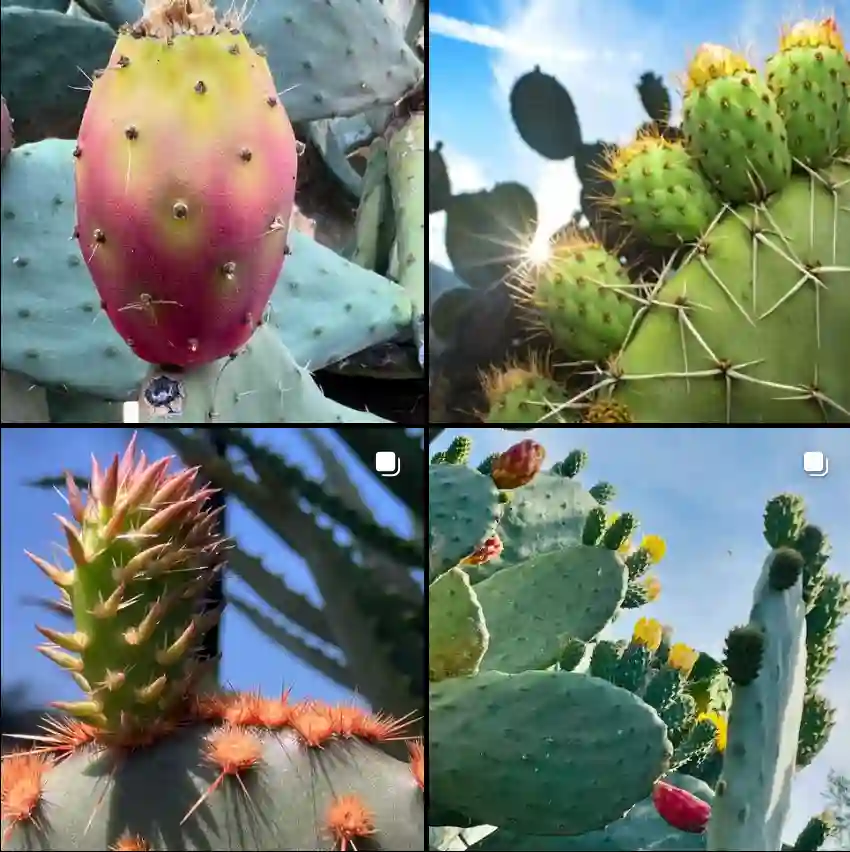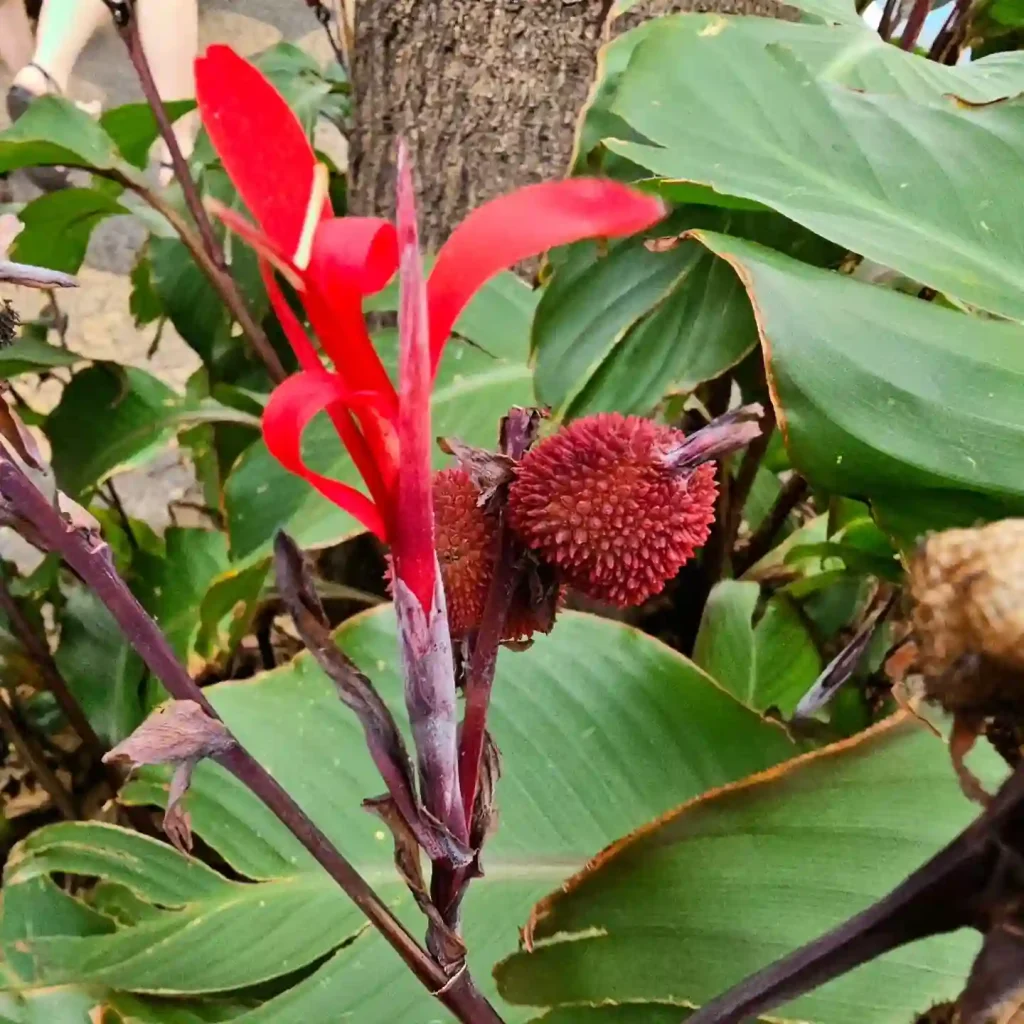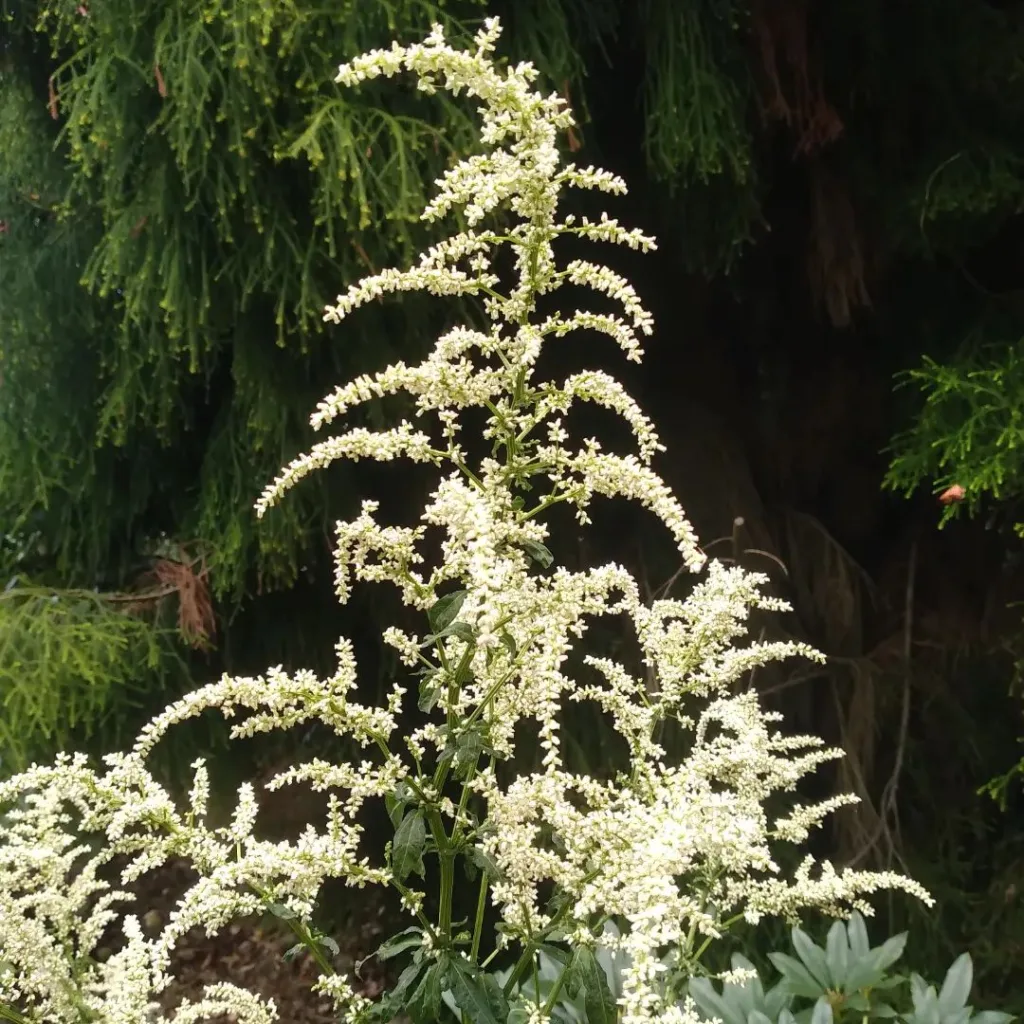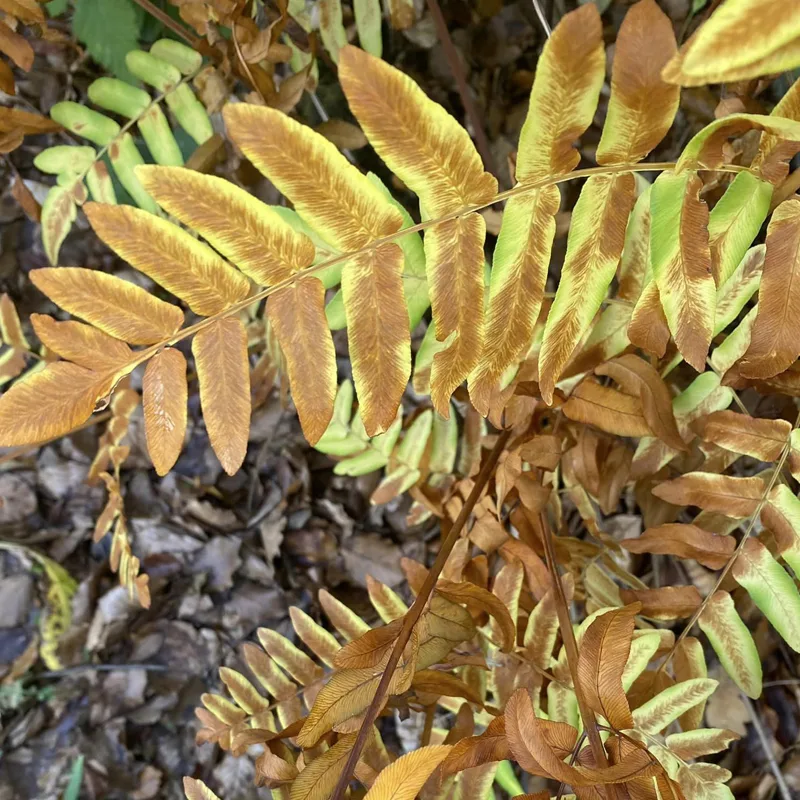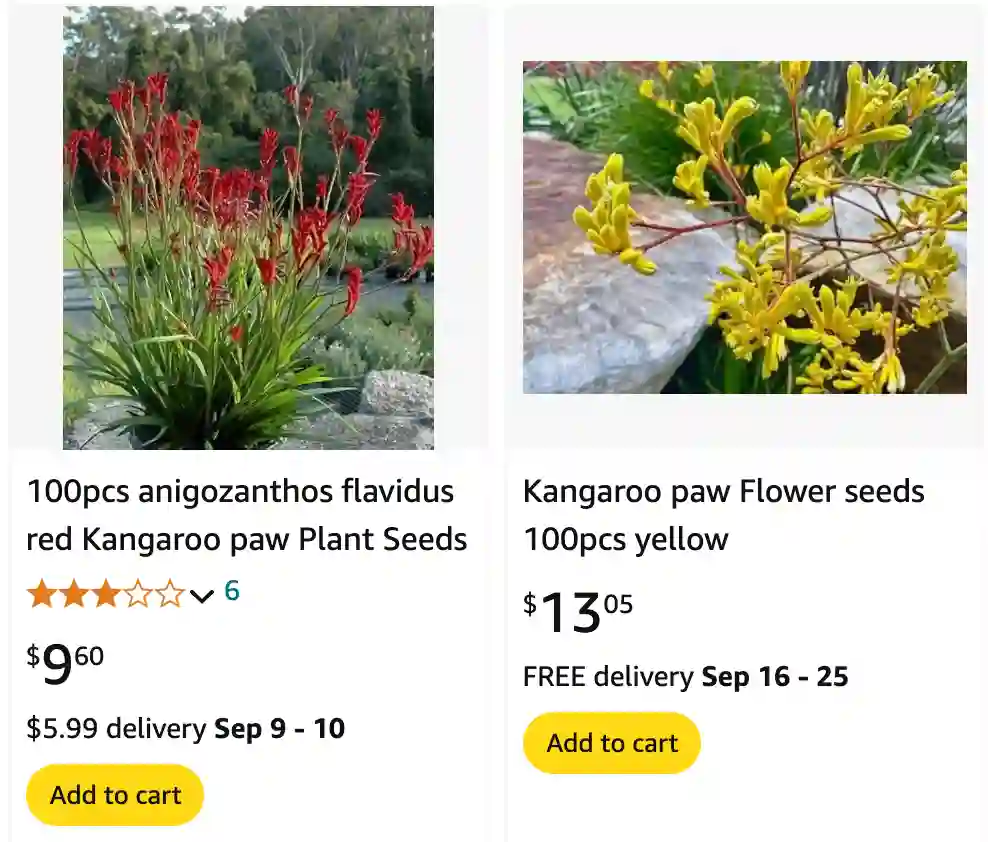
January 13 – Anigozanthos
“Born on January 13, you are represented by Anigozanthos, the kangaroo paw.”
This unique plant symbolizes curiosity and a love for adventure. You are someone who constantly seeks growth and exploration, inspiring others to embrace new experiences.
Falling in Love with Kangaroo Paws: Anigozanthos
My name is Ferb Vu, and I’m a bit obsessed with Australian flora. The sheer diversity and unique beauty of it all just captivates me. But if I had to pick a favorite, it would have to be the Anigozanthos, more affectionately known as kangaroo paw.
Now, I know what you’re thinking. “Kangaroo paw? What in the world is that?” Well, my friend, let me introduce you to these stunning plants. Imagine a velvety flower, shaped like a paw, reaching up towards the sun in vibrant hues of red, orange, yellow, and even green. That’s Anigozanthos in a nutshell.
The first time I saw one, I was instantly smitten. It was a fiery red variety, standing tall and proud in a botanical garden. The texture of the flower was unlike anything I’d ever seen – soft and fuzzy, like a kangaroo’s paw (hence the name!). I was hooked. I had to learn everything I could about these fascinating plants.
A Diverse Genus
It turns out, Anigozanthos belong to the Haemodoraceae family is a genus with eleven distinct species, each with its own unique charm. Here are:
- Anigozanthos bicolor Endl.
- Anigozanthos flavidus Redouté Plant FAQs: Anigozanthos Flavidus – Tall Kangaroo Paw
- Anigozanthos gabrielae Domin
- Anigozanthos humilis Lindl.
- Anigozanthos kalbarriensis Hopper
- Anigozanthos manglesii D.Don
- Anigozanthos onycis A.S.George
- Anigozanthos preissii Endl.
- Anigozanthos pulcherrimus Hook.
- Anigozanthos rufus Labill.
- Anigozanthos viridis Endl.
How to Care for Kangaroo Paw Plant?
Caring for a Kangaroo Paw plant requires understanding its specific needs. These plants thrive in well-drained soil and need plenty of sunlight—ideally full sun to part shade. They are quite drought-tolerant once established, but they still need regular watering, especially in hot weather. Use a balanced, low-phosphorus fertilizer to promote healthy growth and flowering. Make sure to avoid waterlogging as it can lead to root rot.
How to Grow Kangaroo Paw?
Growing Kangaroo Paw starts with selecting the right spot. Choose a location with plenty of sun and well-draining soil. You can start from seeds or young plants. For seeds, sow them in a seed tray with a seed-raising mix. Keep the soil moist but not soggy and place the tray in a warm, sunny spot. Germination typically takes a few weeks. Once seedlings are big enough to handle, transplant them to their final positions.
How to Prune Kangaroo Paw?
Pruning Kangaroo Paw is essential for maintaining its health and shape. After flowering, cut back the spent flower spikes to encourage new growth. Remove any dead or damaged leaves to keep the plant looking tidy. Regular pruning helps prevent disease and encourages a bushier, more vigorous plant.
Is Kangaroo Paw Edible?
Kangaroo Paw is not commonly eaten and is not considered a food plant. While there are no specific reports of it being toxic, it’s generally best to avoid consuming ornamental plants unless you are certain they are safe and edible.
Is Kangaroo Paw Toxic to Dogs?
Kangaroo Paw is not listed as toxic to dogs. However, it’s always a good idea to prevent pets from chewing on plants as it can sometimes lead to digestive upset or other issues. If you suspect your dog has ingested any part of a plant and is showing symptoms, consult your vet.
Can Kangaroo Paw Grow in Pots?
Yes, Kangaroo Paw can be grown in pots. Choose a large container with good drainage and use a well-draining potting mix. Potted Kangaroo Paw will need regular watering and feeding, just like those planted in the ground. Ensure the pot is in a sunny spot to mimic its natural habitat.
Can You Grow Kangaroo Paw from Cuttings?
Yes, Kangaroo Paw can be propagated from cuttings. Take a healthy cutting from a mature plant, ideally in spring or early summer. Dip the cut end in rooting hormone, then plant it in a pot filled with a mix of sand and peat. Keep the soil moist and place the pot in a warm, sunny location. Rooting can take several weeks.
How Long Do Kangaroo Paw Flowers Last?
Kangaroo Paw flowers can last several weeks on the plant, depending on the variety and growing conditions. Once cut, they typically last about one to two weeks in a vase. To prolong the life of cut flowers, place them in fresh water and remove any leaves that will be submerged.
How Often to Water Kangaroo Paw?
Water Kangaroo Paw regularly, especially during dry periods. However, avoid overwatering. The soil should be allowed to dry out slightly between waterings. Once established, these plants are quite drought-tolerant, but consistent moisture is beneficial for their growth and blooming.
How Tall Does Kangaroo Paw Grow?
Kangaroo Paw plants vary in height depending on the variety. Generally, they range from about 1 to 2 feet tall, but some varieties can grow up to 3 feet or more. The height can also be influenced by growing conditions and how well the plant is cared for.
How to Collect Kangaroo Paw Seeds?
Collecting Kangaroo Paw seeds involves waiting until the flowers have faded and the seed pods have matured. Once the pods are dry and brown, gently open them to release the seeds. Store the seeds in a cool, dry place until you are ready to sow them.
Is Kangaroo Paw Toxic to Cats?
Kangaroo Paw is not considered toxic to cats. While it is generally safe, it’s always a good idea to monitor your pets to ensure they do not chew on plants, as this can sometimes cause minor digestive upset.
What to Plant with Kangaroo Paw?
Kangaroo Paw pairs well with other Australian natives, such as Grevilleas, Banksias, and Eucalypts. It also complements ornamental grasses and low-growing ground covers. Choose plants that share similar water and sunlight requirements for a cohesive garden design.
Common Problems with Kangaroo Paw
Kangaroo Paw can suffer from a few issues, including root rot if the soil is too wet and fungal diseases like rust or leaf spot. To prevent these problems, ensure good air circulation around the plant and avoid overhead watering. Regularly inspect the plant for pests like aphids or scale.
How to Propagate Kangaroo Paw?
Aside from cuttings, Kangaroo Paw can be propagated by dividing established clumps. In early spring or late summer, dig up the plant, separate the clumps, and replant them in new locations. This method is effective for increasing the number of plants in your garden.
Kangaroo Paw is a fantastic plant that adds vibrant color and texture to gardens. With the right care, it can be a striking and resilient part of your landscape. Whether you’re growing it in the ground or in pots, these tips should help you keep your Kangaroo Paw thriving.
If i die, water my plants!
